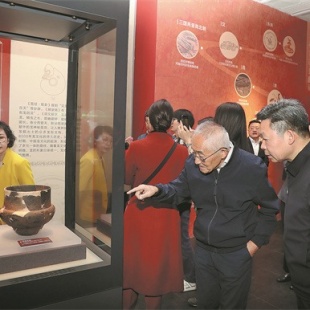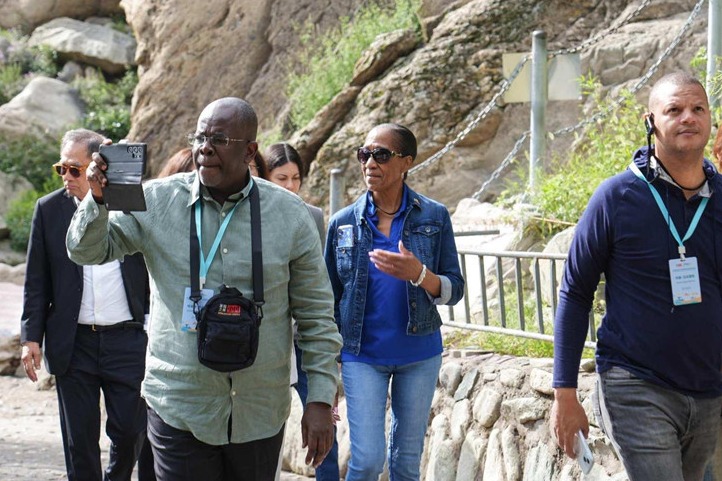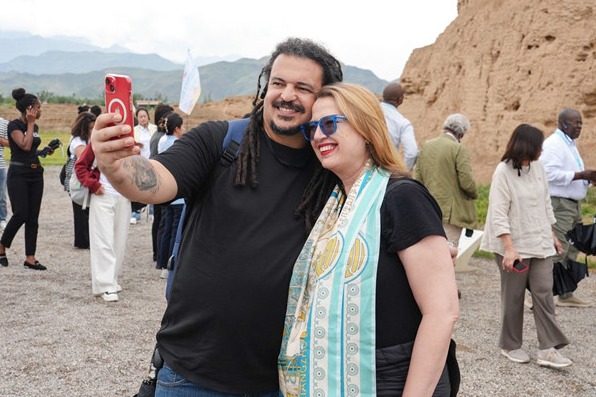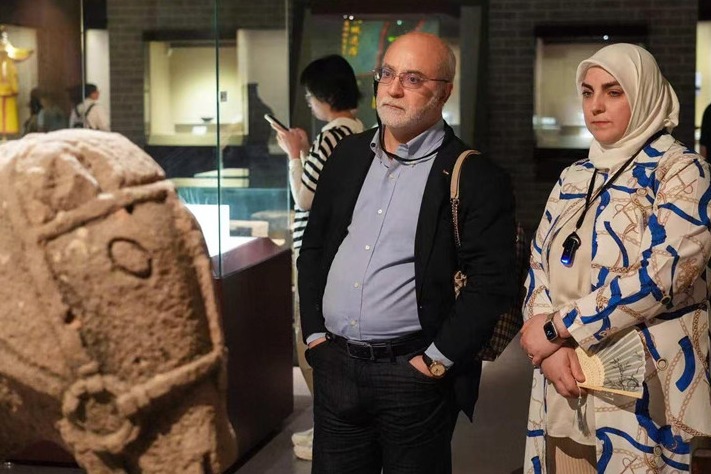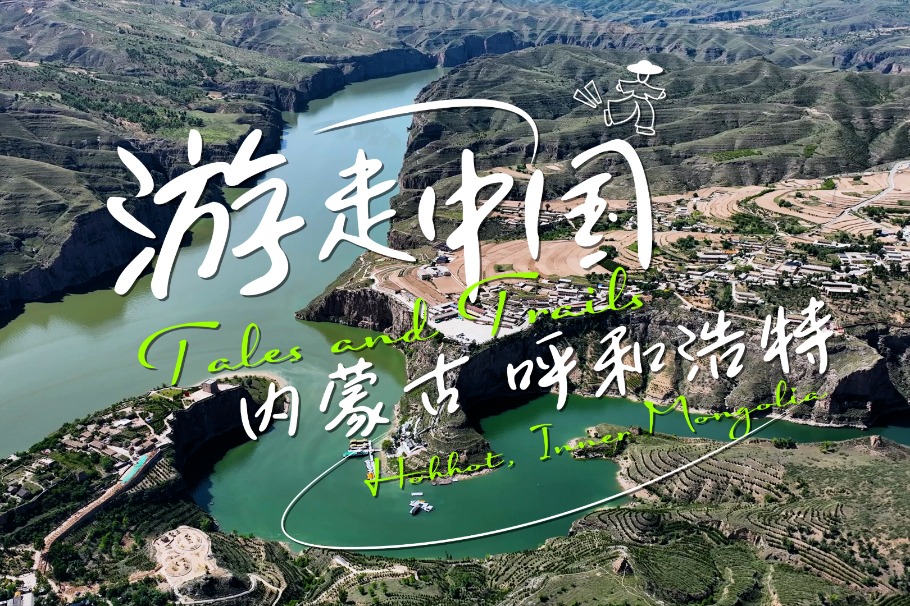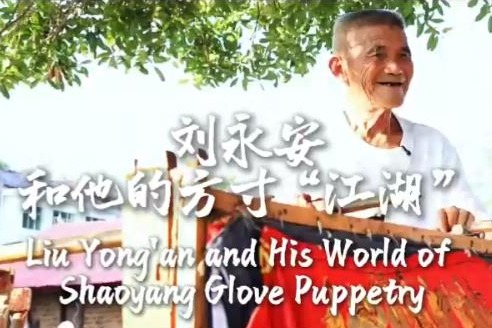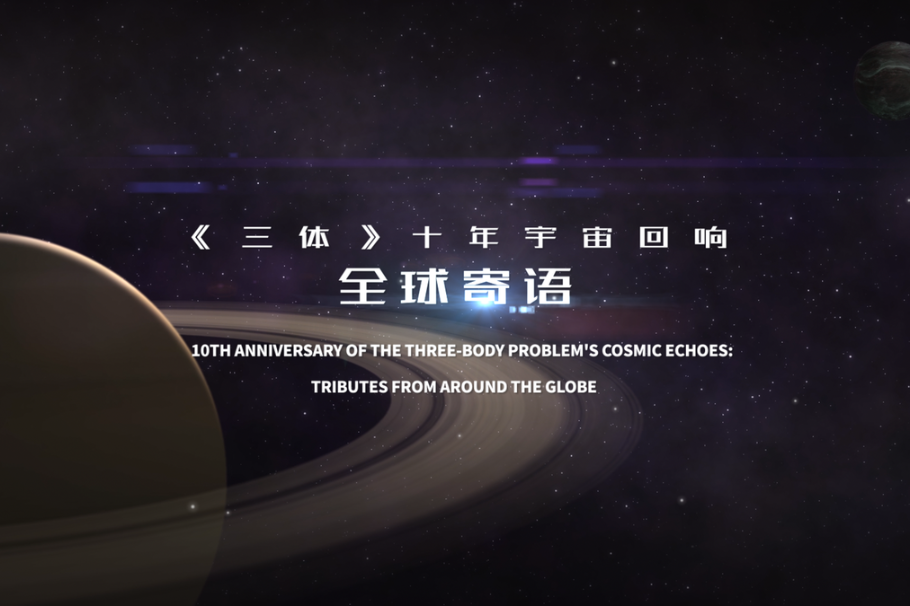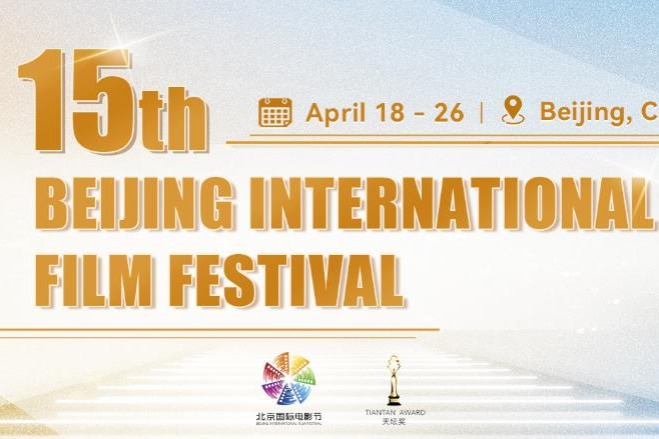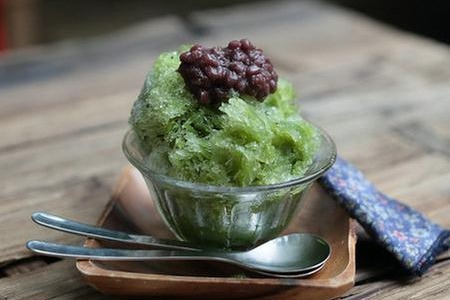Seminar held on bringing archaeology and museology together

For example, the Chinese Archaeological Museum affiliated to the History Research of China, has held the artifacts found during field excavations by the Institute of Archaeology at CASS for nearly seven decades, and has become a typical representation of the integrated development of archaeology and museums, says Chen.
Gong Wen, a former archaeological researcher and now director of the museum, says the participation of archaeologists in museums may bring new vigor to the field of the latter.
"It was archaeologists who dug up artifacts by hand at sites. As a result, they often possess a different angle to museum researchers when viewing artifacts. Therefore, their contribution is a new and special force driving museum development in the country," says Gong.
She also mentions that more archaeologists have become associated with museums across the country.
The Palace Museum in Beijing was China's imperial palace complex from 1420 to 1911, during the Ming (1368-1644) and Qing (1644-1911) dynasties.
In recent years, it has become a good example of combining archaeological studies and museum development, says Zhang Xiaowei, an associate researcher at the museum.
In 2013, the Palace Museum set up its own archaeological institute, responsible for archaeological studies within the palace complex and outside.
"Although the Palace Museum has 1.86 million artifacts, about 80 percent are from the collections of Ming and Qing imperial families. They are already there. However, unearthed artifacts, which are relatively rare, enrich the collections, and are especially precious," says Zhang.
Moreover, archaeological work provides new content and methods of exhibition. For example, excavations of the foundations of the garden in front of the Cining Gong (Palace of Benevolent Peace) in the western sector of the museum, enabled visitors to visit the site and observe the process of archaeological work, a new method of museum display in the Palace Museum, says Zhang.
"We want them to see beneath the splendid palaces, and what the foundations are like and what the ancient building crafts were like. It was our first attempt to highlight architectural foundations, and was welcomed by the public," says Zhang.
She also says the museum has held comparative exhibitions of ceramics from the palaces and those found at the archaeological sites of ancient Jingdezhen kilns in Jiangxi province, which produced porcelain for the Ming and Qing courts, to show people how imperial porcelain was made and selected.


